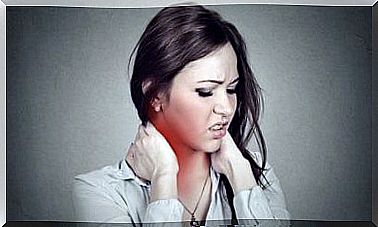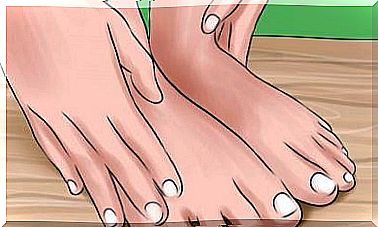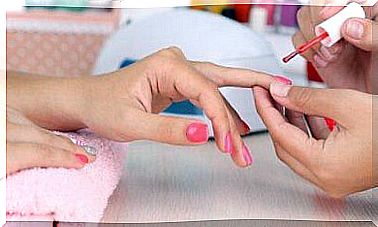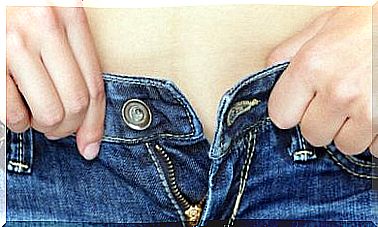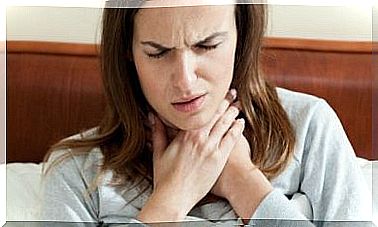Hyperdontia – Causes And Treatments
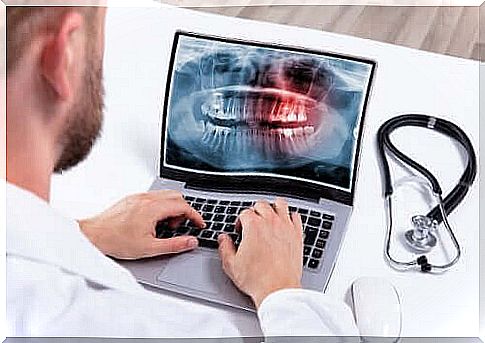
Hyperdontia is a condition in which a person develops extra teeth, in addition to the standard amount (32 in adults and 20 in children). Estimates indicate that the condition is present in between 2 and 3% of the population.
But what exactly is it? We will explain it in detail below. Additionally, we will tell you what its primary causes and treatments are.
What is hyperdontia?
Hyperdontia, as we mentioned above, is an excessive number of teeth. The extra teeth in a skull with this condition are “redundant”. Most of these teeth are in the upper mouth, more specifically in the middle between the canines.
Teeth between the two upper front teeth are the most common. They usually have a shape reminiscent of the shape of their adjacent teeth, although there are different types:
- In the form of a tip or cone.
- Wide – it’s like the cheek teeth.

These teeth can cause changes, either by taking up space for other teeth or by delaying the other teeth from breaking through. There are three types of hyperdontia:
- Simple: This only contains a number in excess.
- Multiple: Here there are several teeth in excess and they are harder to find.
- Associated with syndromes: For example, Cleidocranial dysplasia, Ehler-Danlos syndrome and cleft lip and palate.
Causes of hyperdontia
The abnormal number of teeth in our mouth can be found by the standard. Hyperdontia is an excessive number of teeth, where hypodontia is the absence of teeth. They can be found in both the temporary and permanent set of teeth. A person has this disorder when the number is higher than 20 in the temporary set of teeth and 32 in the permanent set of teeth.
The exact cause is still unknown, but there is a genetic component involved in hyperdontia that is not associated with a syndrome. Too many teeth are due to hyperactivity in embryonic stem cells that form teeth, and this may be due to several reasons:
- Local: Motivated by infections, injuries, etc.
- General: Within these we find those that are the result of a syndrome.
This condition is more common in men, with a ratio of 2-1 when compared to women. It is also more common in permanent set of teeth rather than the temporary set of teeth.
Treatment of hyperdontia
The diagnosis of this disorder is made by performing an X-ray scan to evaluate the teeth. This can show symptoms such as delayed appearance of teeth, unfavorable placement of teeth and diastema, among others. The treatment should suit each patient’s needs and the type of excess tooth.
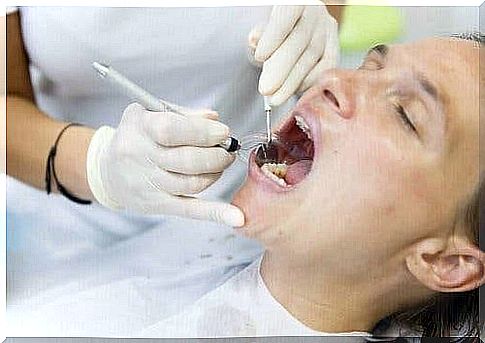
How to treat hyperdontia?
There are several treatments for hyperdontia. However, a doctor must perform several tests before making a decision on which one to remove.
Remove the tooth
The recommended treatment is usually to remove the excess tooth in order to avoid possible problems in the appearance of teeth or in the replacement of teeth in the set of teeth.
However, removing teeth early, especially in children, can damage the top of adjacent teeth that have not yet formed. Because of this, a professional needs to do an individual examination to determine when it is best to remove it.
Orthodontics
Normally, after removing the tooth of a patient with hyperdontia, the person may need orthodontics to be able to balance the set of teeth and keep the space available for the last teeth to break through, for which the extra tooth took up space. .
Replace another tooth with agenesis
There are some cases of hyperdontia associated with the absence of some other teeth and it results in teeth with unusual shape. In these cases, the excess teeth can replace the missing tooth and a dentist can improve its appearance by using a crown.
Conclusion
Hyperdontia occurs when a person has more teeth than they should. It is a condition with genetic components, but can also be due to other factors, such as damage. The treatment chosen depends on the condition of each individual. A complete investigation of the case is therefore necessary.



